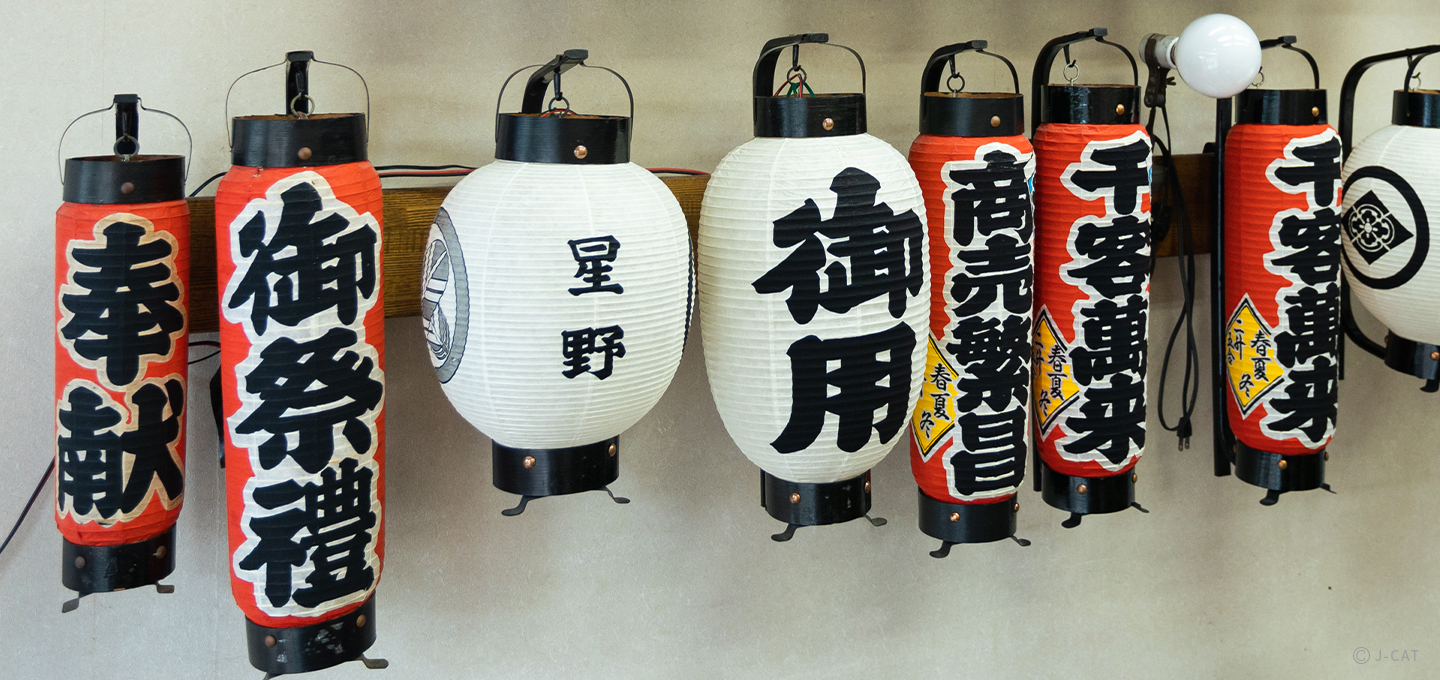
Special Experience
Tokyo
Make a Traditional Edo Paper Lantern at a Long-Running Shop in Tokyo
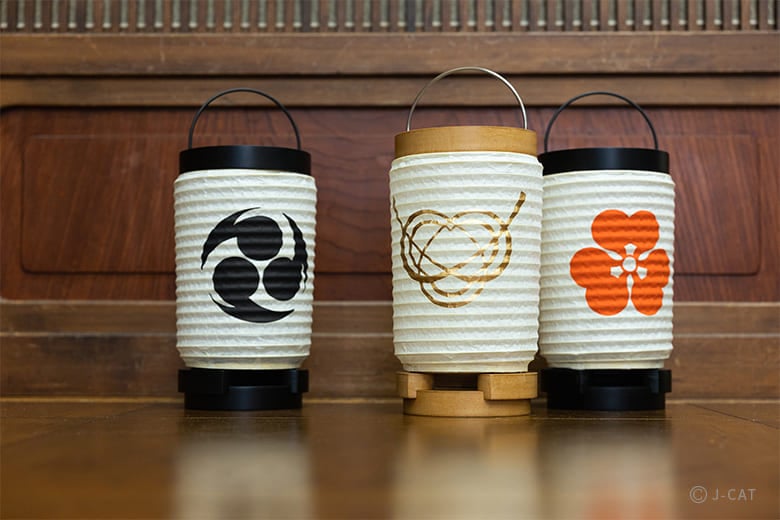
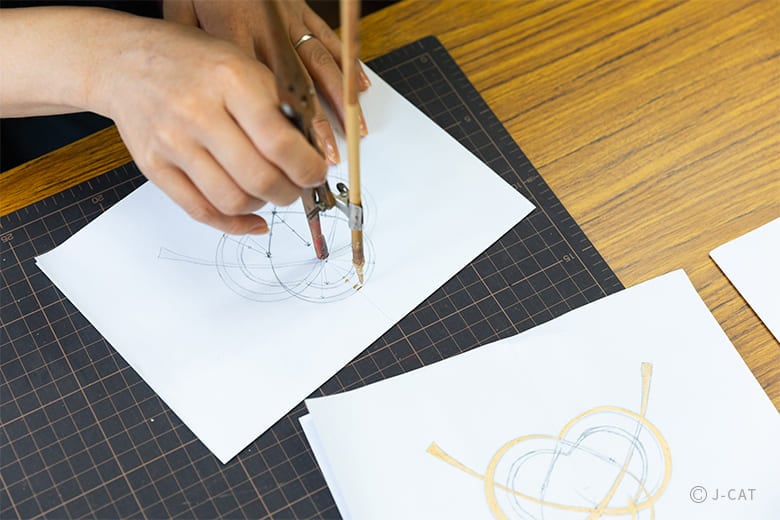
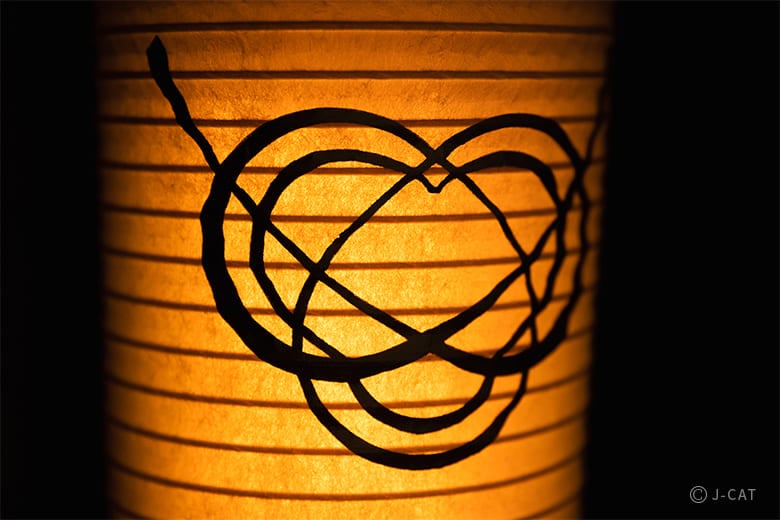
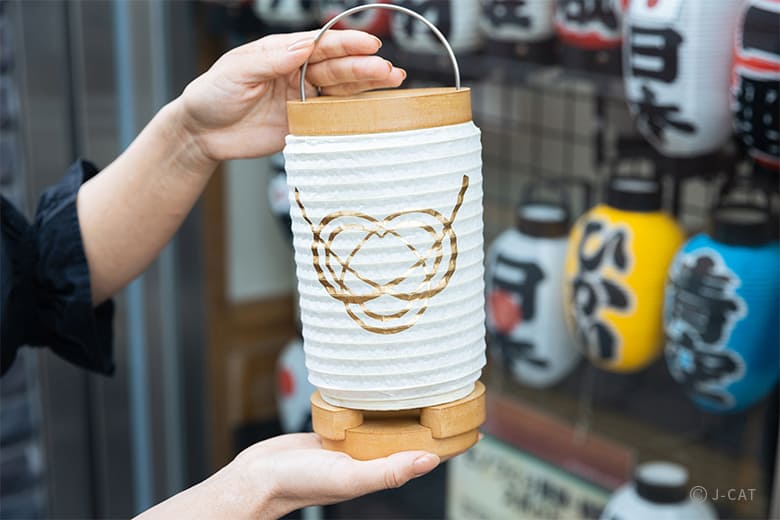
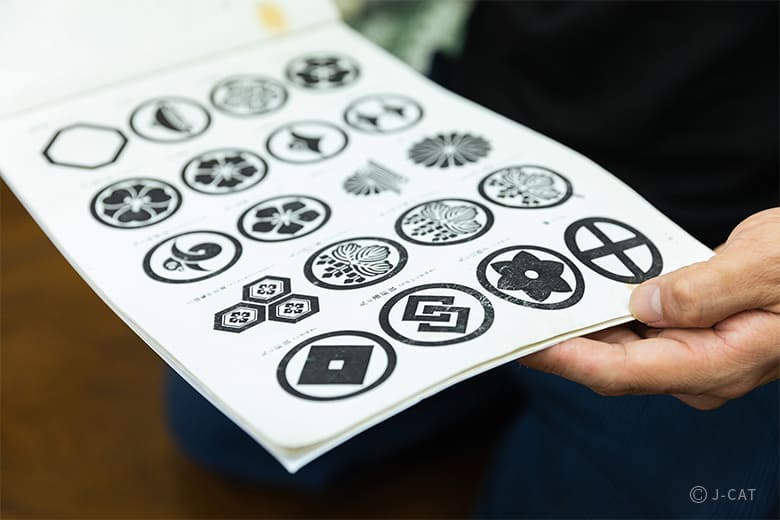
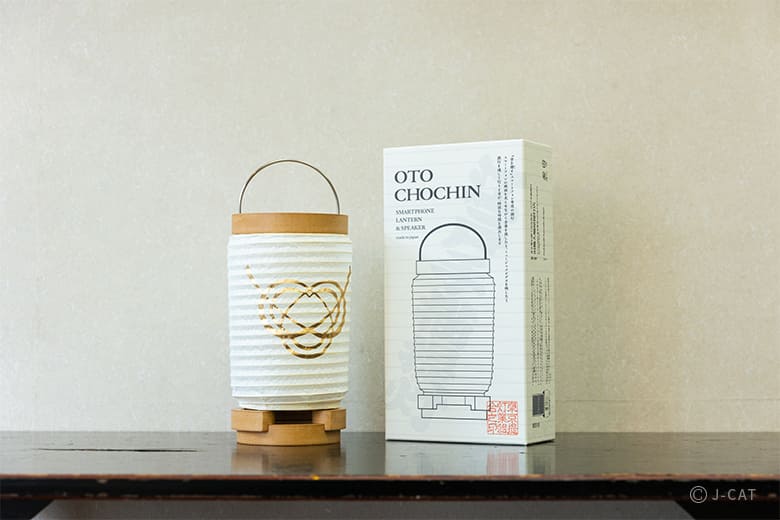
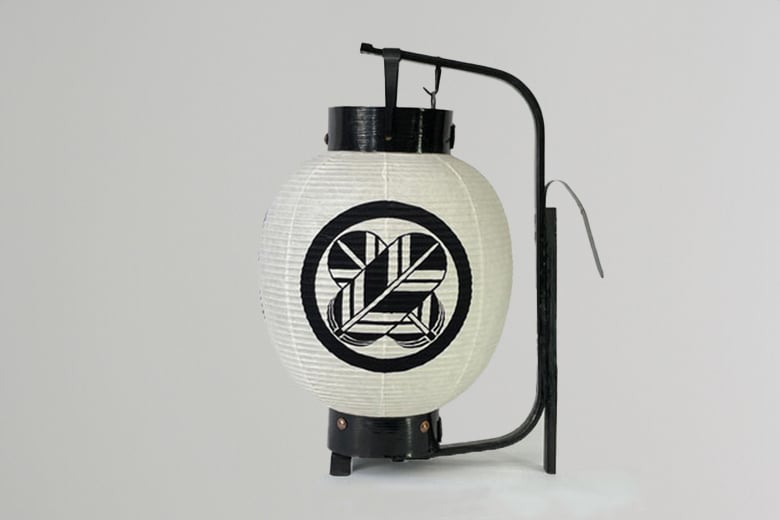
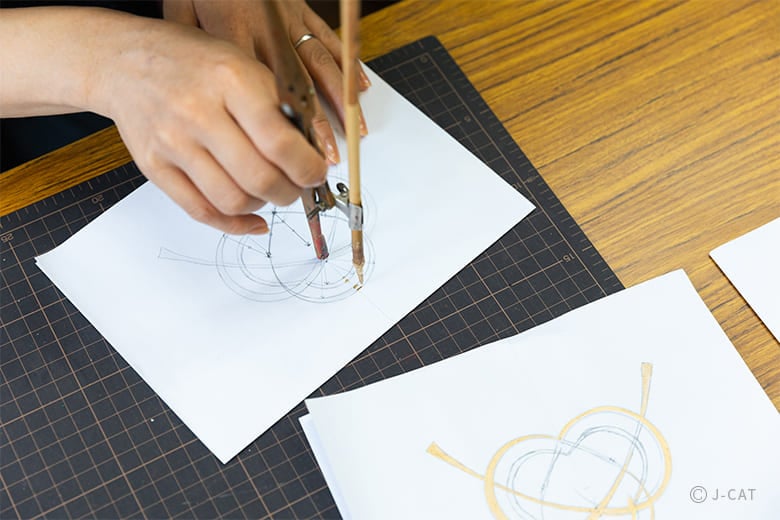
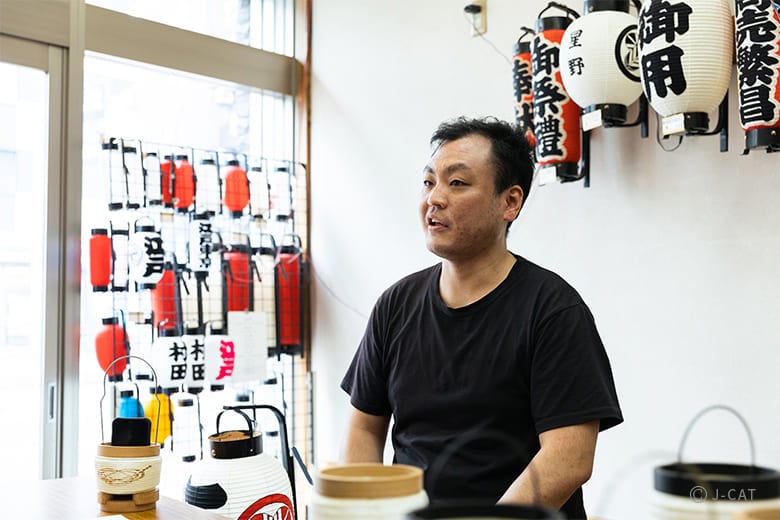
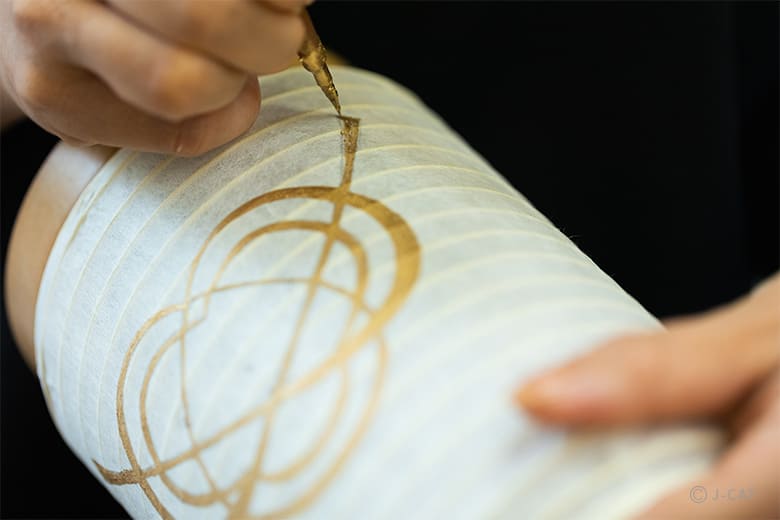
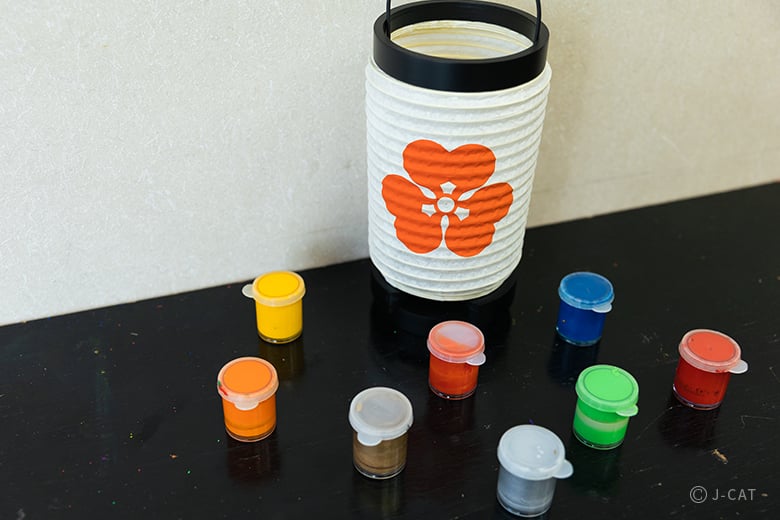
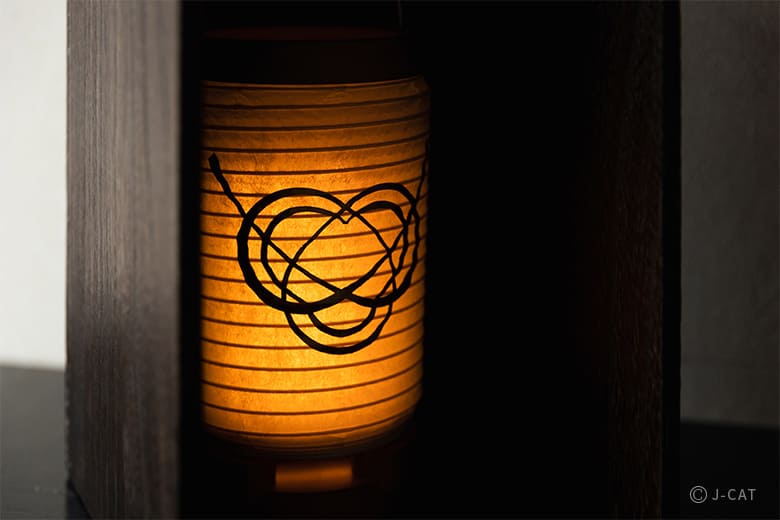
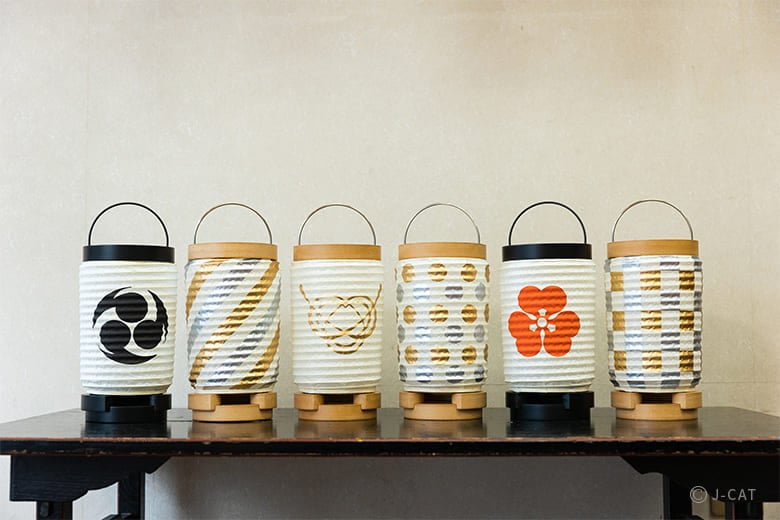













Overview
At Namidabashi Oshimaya Chochin, a distinguished shop that has been in business for over 100 years, create your own hand-painted Edo paper lantern: either a traditional lantern or the shop's original Oto Chochin, a modern twist on the paper lantern. Under the guidance of artisan Kenichiro Murata, learn time-honored techniques and use traditional tools to inscribe kanji characters or a design of your liking onto your lantern. Then, right after the experience, take home your finished creation as a tangible reminder of your handiwork.
Key Features
・A Wabunka-exclusive experience in which you'll create your own traditional hand-painted Edo paper lantern or a modern version called Oto Chochin
・Using traditional tools, learn the art of creating Edo paper lanterns directly from an expert artisan who’s the current head of a historical lantern shop
・Recommended for those who want to make a traditional Japanese handicraft a part of their home
Tokyo
120mins
from ¥37,000 /person
1 - 6 participants
Available in English
Cancel free up to 11 days prior
Details
Tegaki Chochin: Hand-Painted Lanterns that Lit up the Streets of Edo
Located in Tokyo's Kita-Senju district is Namidabashi Oshimaya Chochin (also known as “Namidabashi Oshimaya Chochin-ten” or “Namidabashi Oshimaya Lantern Shop”), a prestigious shop that has specialized in Edo tegaki chochin — hand-painted Edo paper lanterns — for over a century now. Established in 1913, this family business is now helmed by its third- and fourth-generation heads: Mr. Shuichi Murata and his son, Kenichiro. Namidabashi Oshimaya Chochin creates paper lanterns for shrines and temples, as well as prop lanterns and umbrellas for kabuki stage plays.

A variety of lanterns used for shrines, stage plays, and more adorn Namidabashi Oshimaya Chochin
Edo tegaki chochin lanterns are one of Tokyo’s traditional handicrafts, Edo being the former name of Tokyo. Featuring hand-painted designs such as characters written in the Edo-moji typeface, family crests, and symbols associated with Edo, these are considered the most iconic type of Japanese lantern.
A distinguishing feature of hand-painted Edo lanterns is its use of Edo-moji, a typeface invented for advertising purposes during the Edo period (1603–1868). Characters written in this style are big and bold, making them easy to see from afar. Namidabashi Oshimaya Chochin’s Edo-moji strikes the perfect balance: the lettering is strong but graceful.
Make Your Own Edo Tegaki Chochin
In this Wabunka-exclusive experience, you’ll make your own hand-painted Edo lantern, either in the traditional rounded style or Oto Chochin style, a traditionally designed lantern with modern features such as activation via smartphone. First, decide which type of lantern you’d like to make, then pick a design of your liking such as a kanji character or kamon family crest. You’ll paint your chosen design onto your lantern, which you can take home right after the experience.

Choose from six kamon family crest designs (or kanji characters of your liking) to paint onto your lantern
Japanese lanterns come in different varieties, one of which is yumihari-chochin, a lantern with bow-shaped handles at the top and bottom (“yumi” is Japanese for “bow”). Yumihari-chochin lanterns are used for auspicious occasions such as religious festivals, weddings, births, 60th birthdays, shop openings, and so on.

A traditional rounded style lantern (image for reference only)
Meanwhile, Namidabashi Oshimaya Chochin’s original creation, Oto Chochin, may look no different from the usual chochin lantern at first glance, but it’s actually a traditional lantern with modern features. Inside the lantern is enough space for you to insert your smartphone, which will light up the lantern in place of a candle or LED light.
What’s more, the lantern’s top and bottom frames are hollow-bottomed, allowing sound to reverberate. The Oto Chochin thus doubles as an analog speaker — great for those who want to unwind with an enjoyable combination of light and music. By default, this lantern’s frames are made of unpainted wood, but as an optional add-on (additional charges apply), you can have the frame’s color changed to black.

Oto Chochin lanterns: traditionally designed interior decorations that are more modern than they look( design image for reference only)
Your instructor for this experience will be Kenichiro Murata, Namidabashi Oshimaya Chochin’s fourth-generation owner. The father-and-son duo of Shuichi — the third-generation owner — and Kenichiro Murata are devoted to keeping the tradition and craft of Edo lantern-making alive.
The younger Mr. Murata says, “Many people don’t know that the designs on chochin lanterns are painstakingly hand-painted. I hope that through experiencing this traditional craft that has been passed down across generations, more people will take an interest in chochin lanterns.”

Kenichiro Murata, who stepped up as Namidabashi Oshimaya Chochin’s fourth-generation head out of a desire to not let the family trade die out
Drawing Boldly: A Crucial and Straightforward Process
A detailed sketch is essential to lantern making. First, using a sample as reference, practice sketching your chosen design. Place the sample under a sheet of tracing paper, then carefully trace the pattern with a pencil. You can also use a traditional tool called a bunmawashi, which resembles a compass, to properly draw curved lines.

Using a compass-like tool called bunmawashi to draw circular patterns — parts that may be difficult to draw are properly marked for participants’ convenience
Next, use paint to fill in the outline. Make sure not to paint beyond the lines, and just as you did when drawing the pattern, use a bunmawashi for painting curved lines. Gold and silver paints have a slightly flakier texture compared to other colors, so when using these colors, apply paint lightly instead of spreading it all over. If you wish to use multiple colors, this is the time to think of which color to use for which part of the design.

You'll use water-based acrylic paints that are highly water-resistant once dry
Focus Carefully on Each Stroke as You Let Your Hands Do the Work
Once you're done practicing, it's time to start drawing the outline of your preferred design on your lantern. Drawing on cylindrical washi paper is more difficult than it sounds, so use your non-dominant hand to firmly hold the washi in place as you draw. There's no fixed way to properly draw patterns on a lantern, but Mr. Murata usually holds a lantern in place by pressing its bottom frame against his stomach.

To avoid painting beyond the lines, it's important to focus
The process of filling in your chosen pattern with paint is the highlight of the experience. While securing the lantern firmly in place, apply paint evenly, making sure that there are no blotches or uneven parts. The goal is for the pattern to have a beautiful, smooth finish that can be seen when the lantern is lit. Once you're roughly done, check whether you missed painting a part or two by shining a light through and looking for colorless gaps.

A mizuhiki (decorative paper cord) pattern that’s exclusively available for Wabunka guests
A Design that Shines Through When the Lantern is Lit
When you've made sure that there are no parts that haven't been filled in with paint, the painting stage is done. After the paint dries, erase the outline — your lantern is now complete. It will surely brighten your home and your life.
Turn on the light inside, and you'll see the beauty of your handiwork shining through. Painting multiple coats gives the design a three-dimensional effect, making it stand out more distinctly. Complementing the design is the gentle light emitted by your lantern — even the bright, sometimes harsh light of a smartphone will become gentler when filtered through washi.

Thanks to their design and size, Namidabashi Oshimaya Chochin’s lanterns naturally blend right into any living space
After learning how to assemble the parts, take your finished lantern home. You will be given a box and a paper bag, so you can instead give your creation as a gift to your loved ones, if you wish.

Such an unusual present will surely delight the receiver — of course, you can keep this for yourself instead
A Warm Glow that Has Quietly Illuminated People’s Lives Since Time Immemorial
In present-day Japan, chochin lanterns are often seen at special occasions like festivals and celebrations. However, they were once an indispensable part of people's daily lives, not the mostly decorative fixtures that they are now. The younger Mr. Murata hopes that more people will appreciate the charms of hand-painted paper lanterns, and that these objects will continue to be a familiar sight even in these modern times.

Place your lantern in your living room or bedroom to enhance your relaxation time
The faint, ambient glow of your Edo lantern has a calming, meditative effect to it; gazing at it can help you feel cozy and warm. Not just a beautiful decoration, but also a relaxation aid, your hand-painted Edo lantern is the perfect addition to your home and daily life.
Namidabashi Oshimaya Chochin

Namidabashi Oshimaya Chochin
Headed by third- and fourth-generation owners Shuichi and Kenichiro Murata, Namidabashi Oshimaya Chochin has created Edo tegaki chochin (hand-painted Edo lanterns), a traditional Tokyo handicraft, since 1913. Featuring bold but refined characters in Edo-moji typeface, the shop’s lanterns are mainly used for shrines and stage plays. To convey the craftsmanship of Edo lanterns to the general public, Namidabashi Oshimaya Chochin also holds lantern-making experiences and workshops.
Customer's Voice
My partner and I had such a good time! We couldn't praise the service and experience more highly! Our translator was wonderful, she was very kind and friendly, and we were both very grateful for her help. Making the lantern was so much fun, and Kenichiro was so patient and helpful when we made mistakes or needed help.
J.C. Australia
Location
Namidabashi Oshimaya Chochin
Arakawa Ward, Tokyo
Request for booking
Select first preferred date (JST)
January 2026
Sun
Mon
Tue
Wed
Thu
Fri
Sat

Instant Booking

Request Booking

17
Full

17
Unavailable
Tokyo
120mins
from ¥37,000 /person
1 - 6 participants
Available in English
Cancel free up to 11 days prior
Things to know
Contact Us
If you have any questions, please contact us using the form below.
We also accept bookings from corporate clients and travel agencies.